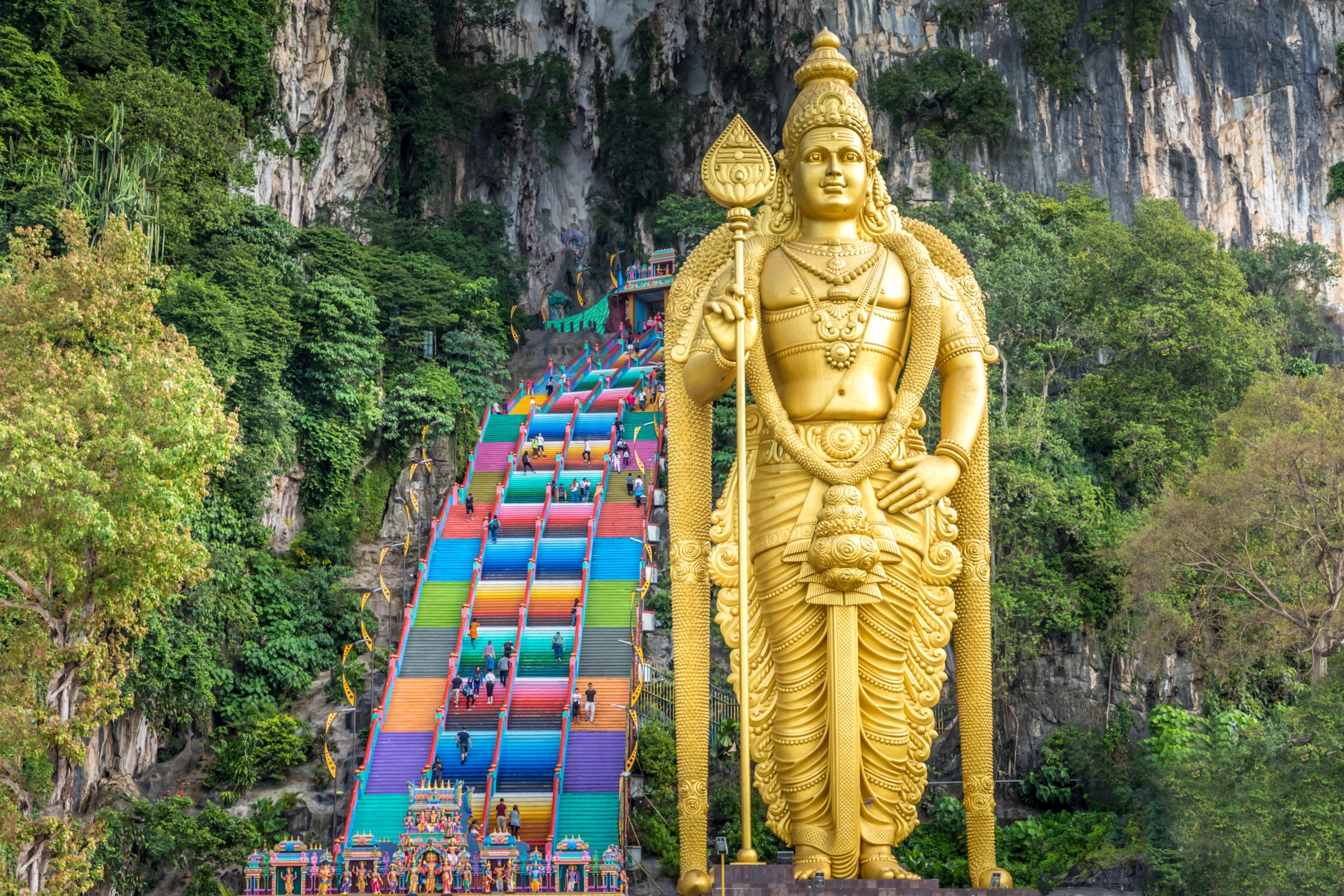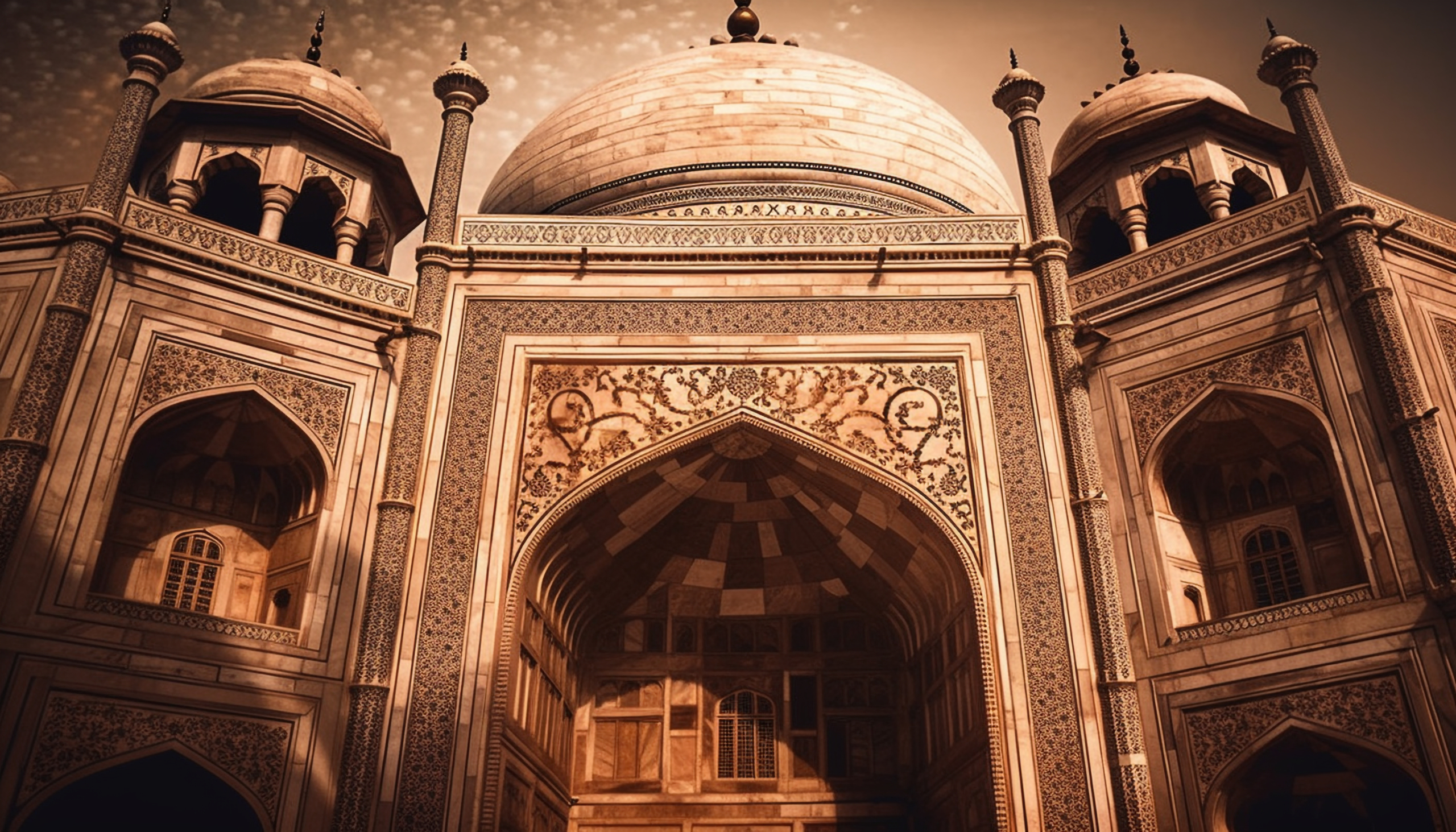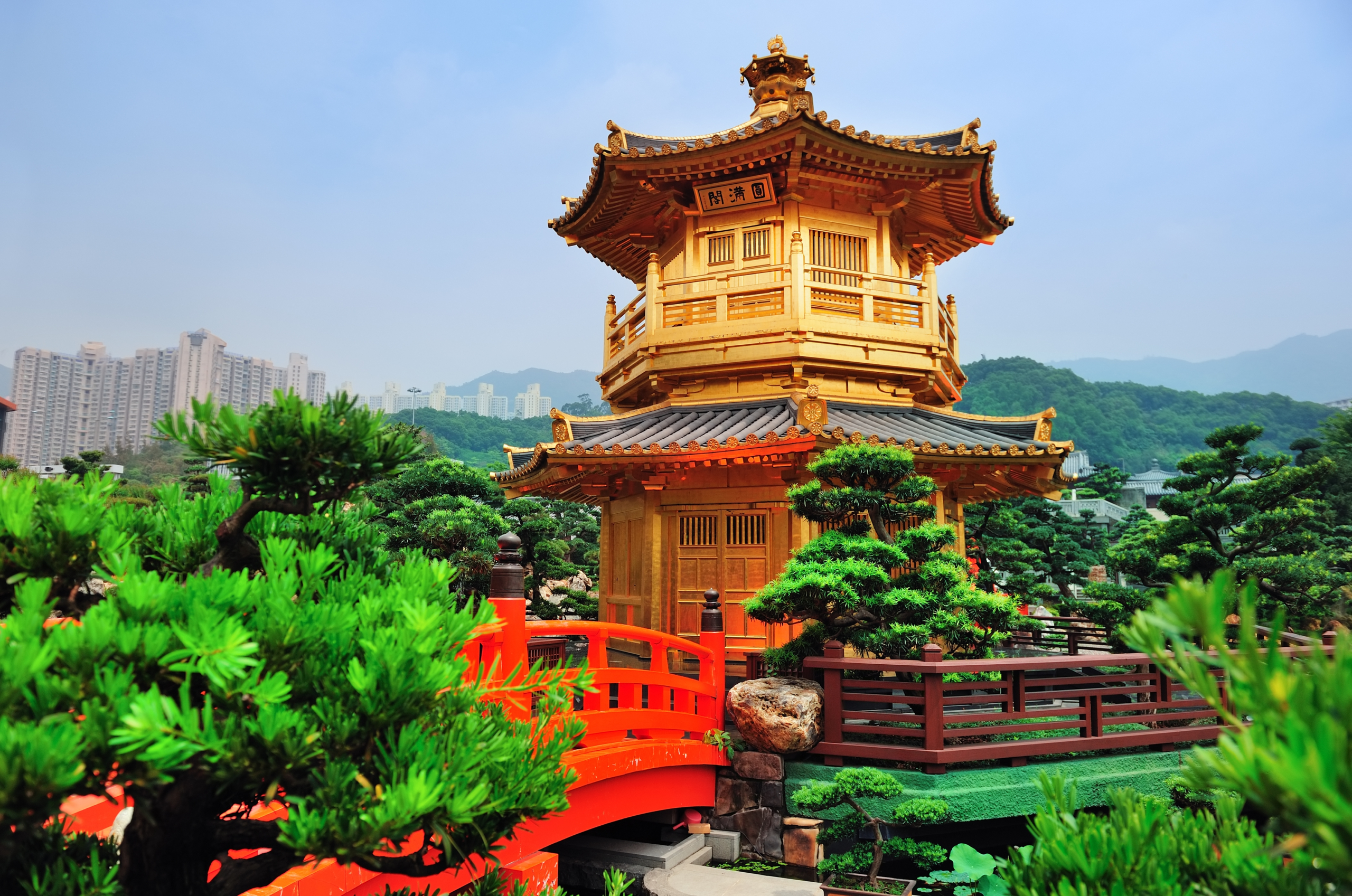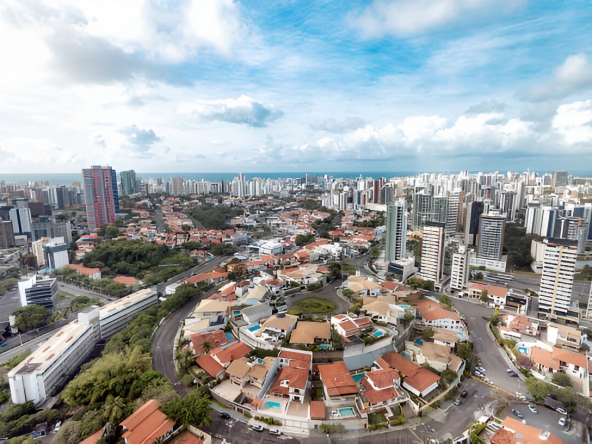Kuala Lumpur, Malaysia’s bustling capital, is not just a modern metropolis but also a city rich in cultural and historical significance. From colonial-era buildings to vibrant temples and heritage districts, Kuala Lumpur offers a fascinating glimpse into Malaysia’s past and its diverse cultural tapestry. Here’s a guide to some of the most notable cultural and historical sites in Kuala Lumpur.
1. Merdeka Square (Dataran Merdeka)
- Location: Jalan Raja
- Significance: Birthplace of Malaysian Independence
- Key Features: Sultan Abdul Samad Building, Royal Selangor Club, Flagpole
Merdeka Square, or Dataran Merdeka, is the historic heart of Kuala Lumpur and the site where Malaysia declared its independence from British rule on August 31, 1957. The square is surrounded by colonial-era buildings, including the Sultan Abdul Samad Building, known for its Moorish architecture and striking clock tower, and the Royal Selangor Club, with its classic Tudor-style design. The 100-meter flagpole in the center of the square marks the spot where the Malaysian flag was first raised, symbolizing the nation’s newfound freedom.
2. Sultan Abdul Samad Building
- Location: Merdeka Square
- Year Completed: 1897
- Architectural Style: Indo-Saracenic, Moorish Revival
The Sultan Abdul Samad Building is one of Kuala Lumpur’s most iconic landmarks, showcasing the grandeur of the Indo-Saracenic architectural style. Designed by British architect A. B. Hubback, the building’s ornate facade features arched windows, intricate stucco work, and a distinctive copper dome. Originally used as the administrative center during British colonial rule, it now houses various government offices and remains a symbol of Malaysia’s colonial past.
3. Masjid Jamek (Jamek Mosque)
- Location: Confluence of Klang and Gombak Rivers
- Year Completed: 1909
- Architectural Style: Moorish, Mughal, Indo-Saracenic
Masjid Jamek is one of Kuala Lumpur’s oldest mosques and a key historical site. Located at the confluence of the Klang and Gombak rivers, it was designed by British architect A. B. Hubback and incorporates elements of Mughal and Moorish architecture. The mosque’s onion-shaped domes and arched colonnades reflect its rich architectural heritage. As an active place of worship, it continues to be an important religious and cultural landmark.
4. Thean Hou Temple
- Location: Robson Heights
- Year Completed: 1987
- Architectural Style: Chinese Traditional
The Thean Hou Temple is one of the largest and oldest temples in Southeast Asia, dedicated to the Chinese sea goddess Mazu. This vibrant temple features traditional Chinese architecture, including a six-tiered structure with intricately decorated roof eaves, red lanterns, and elaborate dragon motifs. The temple offers not only a place of worship but also panoramic views of Kuala Lumpur from its elevated position.
5. Kuala Lumpur Railway Station
- Location: Jalan Hishamuddin
- Year Completed: 1910
- Architectural Style: Moorish, Colonial
The Kuala Lumpur Railway Station is a splendid example of colonial architecture, with its elegant Moorish design featuring intricate arches, domes, and a grand clock tower. Designed by A. B. Hubback, the station once served as a major transportation hub and is now a historic landmark, reflecting the city’s colonial past and its development as a key railway junction.
6. National Museum (Muzium Negara)
- Location: Jalan Damansara
- Year Completed: 1963
- Architectural Style: Malay Vernacular, Minangkabau
The National Museum is a treasure trove of Malaysia’s cultural and historical heritage. Designed in the style of traditional Malay architecture, the museum features a sweeping curved roof and intricate carvings. Inside, exhibits cover Malaysia’s history from ancient times to the present, including artifacts, cultural displays, and historical narratives that offer a comprehensive look at the country’s past.
7. Jalan Petaling (Petaling Street)
- Location: Chinatown, Kuala Lumpur
- Significance: Cultural and Commercial Hub
Jalan Petaling, or Petaling Street, is Kuala Lumpur’s bustling Chinatown, renowned for its vibrant atmosphere and historical significance. The street is lined with traditional shops, food stalls, and markets selling everything from local snacks to souvenirs. Its history as a commercial hub dates back to the early 20th century, and it remains a cultural hotspot where visitors can experience Kuala Lumpur’s diverse heritage.
8. Kuala Lumpur City Gallery
- Location: Jalan Raja
- Year Completed: 2010 (Gallery opening)
- Significance: City History and Architecture
The Kuala Lumpur City Gallery provides insights into the city’s history and architectural development. Housed in a historic building with a striking facade, the gallery features exhibits on Kuala Lumpur’s evolution, including detailed models of key landmarks and historical photographs. The gallery also offers guided tours and interactive displays that delve into the city’s past and its urban transformation.
9. Islamic Arts Museum Malaysia
- Location: Jalan Lembah Perdana
- Year Completed: 1998
- Architectural Style: Modern Islamic
The Islamic Arts Museum Malaysia is one of the largest museums dedicated to Islamic art and culture in Southeast Asia. Its modern design incorporates Islamic architectural elements, including geometric patterns and decorative arches. The museum’s extensive collection includes artifacts, textiles, ceramics, and manuscripts from across the Islamic world, showcasing the rich artistic heritage of Islamic civilizations.
10. St. Mary’s Cathedral
- Location: Jalan Raja
- Year Completed: 1894
- Architectural Style: Gothic Revival
St. Mary’s Cathedral is one of the oldest Christian churches in Kuala Lumpur and a fine example of Gothic Revival architecture. The cathedral features pointed arches, stained glass windows, and a tall spire. As an active place of worship, it continues to serve the local Catholic community and stands as a testament to the diverse religious landscape of Kuala Lumpur.
Kuala Lumpur’s cultural and historical sites offer a rich tapestry of Malaysia’s past and present. From colonial-era buildings and historic mosques to vibrant temples and modern museums, these landmarks provide a comprehensive view of the city’s heritage and cultural diversity. Exploring these sites offers a deeper understanding of Kuala Lumpur’s unique identity and its journey through history.









